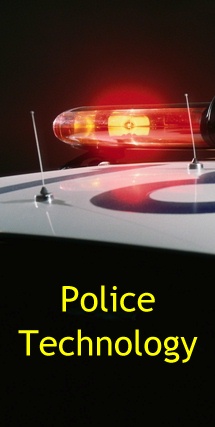|
Learning Objectives
- The student will understand the
definition of crime analysis and some of its underpinning theories such as
situational crime prevention, routine activity theory and displacement.
- The student will understand the
applications of crime analysis particularly as a method to identify hot spots
and as a means to investigate serial offenders.
- The student will be exposed to how
crime analysis can be used to solve community problems and advanced crime
mapping topics like geographic profiling.
|
|
 |
|
The
hyperlinks provided for the Key Terms may take you to a simple definition, or
an article wherein the term is described:
Activity Space
Beat
Comfort Zone
Crime Alerts or Criminal
Intelligence Bulletins
Crime Density Map
Crime Pattern
Displacement
Forecasting
Geographic Profiling
Graduated-Symbol Map
Hot Spot
Incapacitation
Mean Center
Mean Distance
Mean Number
Median Number
Method Operation, or
Modus Operandi (MO)
Mode
Plotters
Profile
Rational Choice Theory
Routine Activity Theory
ScanningAnalysis ResponseAssessment (SARA)
Serial Crimes
Serial Offender
Single-Symbol Map
Situational Crime
Prevention
Spatial
Spatial Forecasting
Standard Deviation
Standard Deviation
Ellipse
Standard Distance Around Mean Center Point (STAMP)
Temporal
Temporal Forecasting
|
 |
|
|
|
